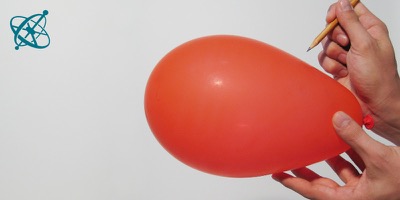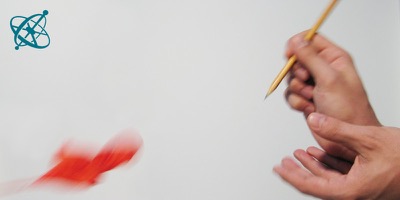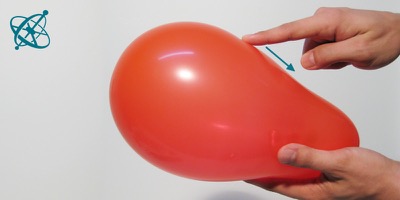 www.sciensation.org | Ciênsação hands-on experiments are published as Open Educational resources under a Creative Commons Attribution-ShareAlike 4.0 International License.
www.sciensation.org | Ciênsação hands-on experiments are published as Open Educational resources under a Creative Commons Attribution-ShareAlike 4.0 International License.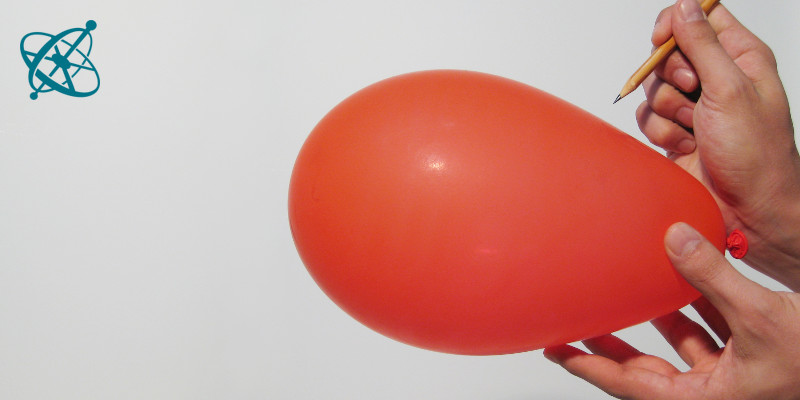
Why can you hear…
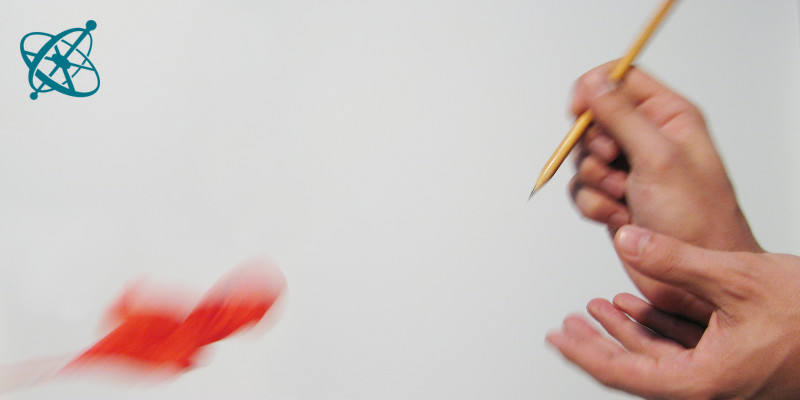
…a balloon bust?
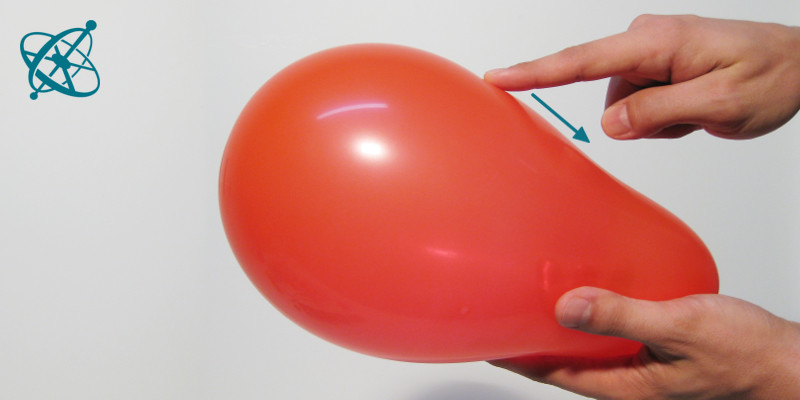
Why does swiping over a balloon make a sound?
The small bang theory of sound
By stroking a balloon your students can perceive sound with multiple senses: their ears, their eyes and their fingers. This makes it easier to fully 'comprehend' sound as pressure waves. Of course, you can also convince them with words and drawings on the whiteboard, but sometimes "feeling is believing."
If you have 30 seconds more for experiments, combine it with 'Feel your voice'.
Sound is our perception of compression waves in air.
1. Inflate a balloon and then swipe with a finger over it. What do you hear, see and feel?
2. Let the balloon burst. What is this sound?
What do you feel when you swipe your finger over the balloon?
› A vibration. The rubber does not move smoothly under the finger but jolts.
What happens when the balloon bursts?
› The air that was pressed together by the rubber is suddenly released.
Why do you hear that burst?
› The ear feels the sudden change in air pressure.
Why can you hear the swiping of your finger on the balloon?
› The vibration of the balloon's surface pushes and pulls on the surrounding air. The air then transmits these pressure waves from the balloon to the ear.
Swiping with the finger over the rubber surface makes the whole balloon vibrate visibly. These vibration "push"and "pull"the air around and inside the balloon, causing pressure waves we perceive with our ears as sound.
The burst of the balloon makes it even clearer that sound is a result of fast changes in air pressure.
